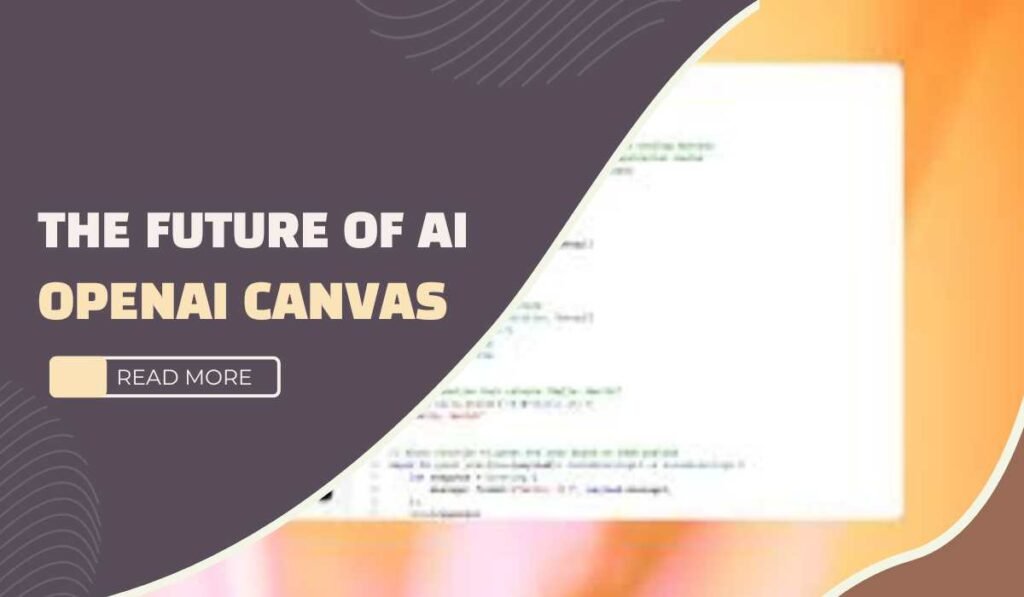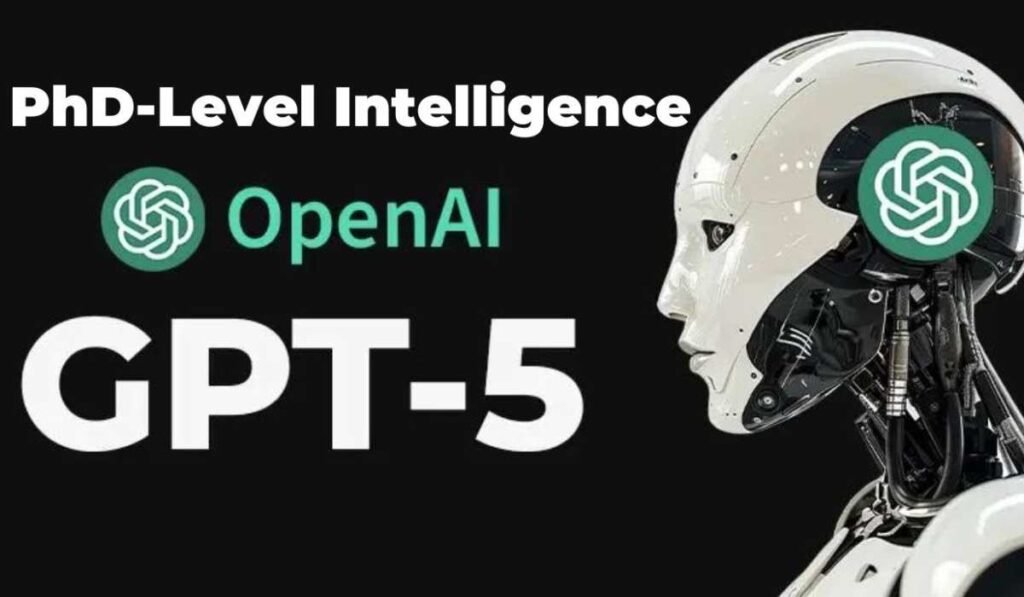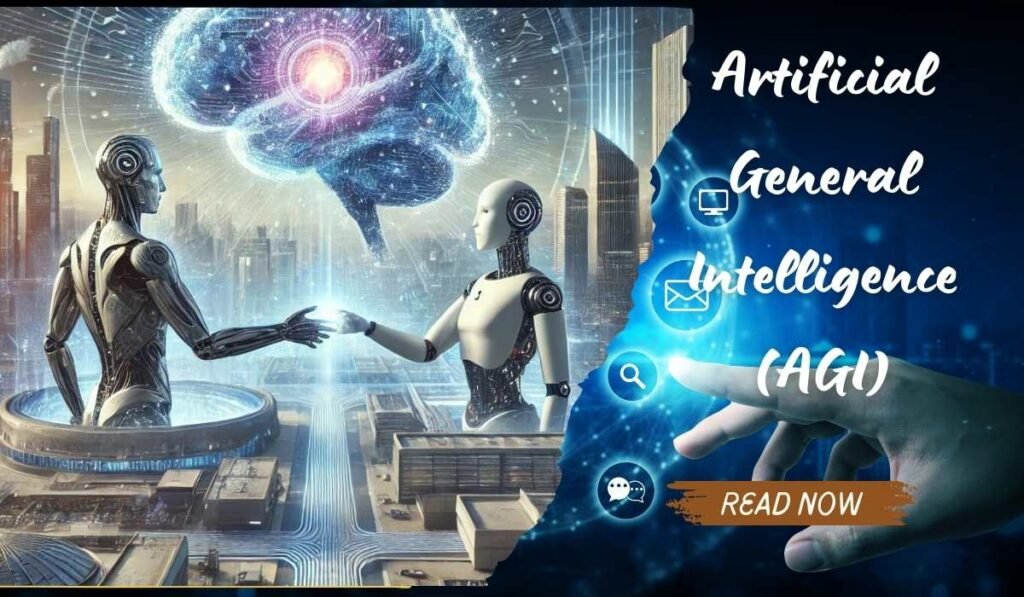Imagine having a brilliant AI assistant working alongside you, helping to refine your ideas and tackle complex projects in real-time. This isn’t science fiction—it’s the reality of OpenAI Canvas, a game-changing new feature that’s set to transform how we interact with artificial intelligence. If you’ve ever found yourself frustrated by the limitations of traditional chatbots, prepare to be amazed. OpenAI Canvas takes ChatGPT beyond the confines of a basic chat window, offering a dynamic workspace where humans and AI can collaborate seamlessly. Whether you’re crafting the perfect email, developing a comprehensive blog post, or wrestling with intricate coding challenges, OpenAI Canvas is designed to elevate your workflow and supercharge your productivity.
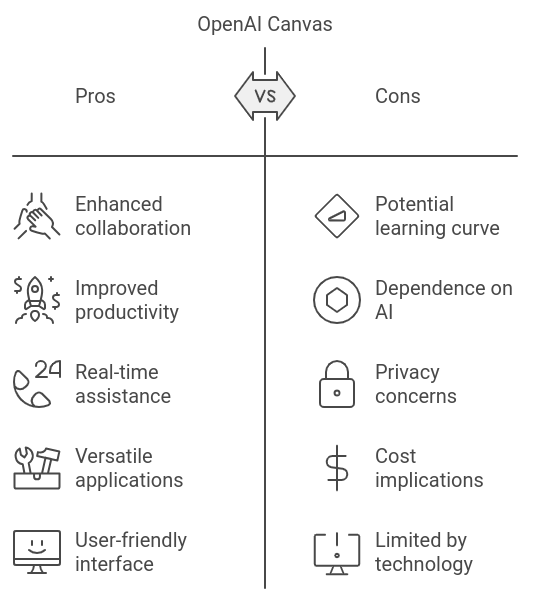
What is OpenAI Canvas?
OpenAI Canvas is a revolutionary new interface developed by OpenAI that takes AI collaboration to the next level. It’s designed to address the limitations of traditional chat-based AI interactions, particularly when working on longer, more complicated projects. With Canvas, users gain access to a dedicated workspace where they can work side-by-side with ChatGPT, fine-tuning ideas and generating content in a more intuitive and efficient manner.
“OpenAI Canvas lets you work alongside the AI in a side-by-side window. Instead of typing commands into a chat and waiting for a response, you get a dedicated workspace where both you and chat GPT can fine tune ideas together.”
This new approach to AI interaction represents a significant leap forward in how we leverage artificial intelligence for creative and technical tasks.
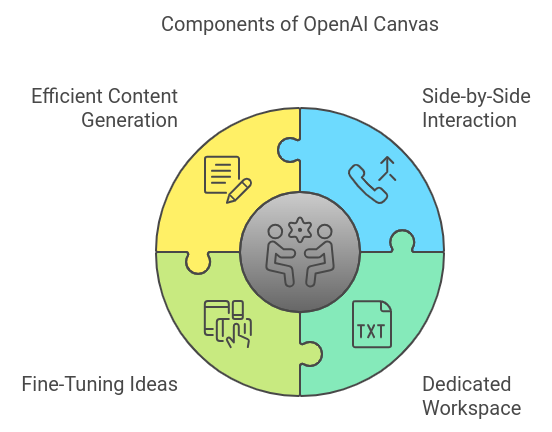
Key Features of OpenAI Canvas
OpenAI Canvas comes packed with features that cater to both writers and coders. Here are some of the standout capabilities:
- Side-by-Side Workspace: Users can directly generate text or code in Canvas, with the AI assistant working alongside them in real-time.
- Contextual Editing: Highlight specific sections for the AI to focus on, receiving suggestions, edits, or complete rewrites as needed.
- Length Adjustment: A slider allows users to easily adjust the length of generated content, making it shorter or longer as required.
- Tone Modification: Highlight sentences and ask ChatGPT to modify the tone, such as making it friendlier or more formal.
- Translation: Seamlessly translate content into different languages right within the Canvas interface.
- Final Polish: A one-click option to check grammar, clarity, and consistency of drafts.
- Version Control: Toggle between different versions of text, allowing for easy comparison and rollback if needed.
These features combine to create a powerful, flexible tool that adapts to various writing and coding needs.
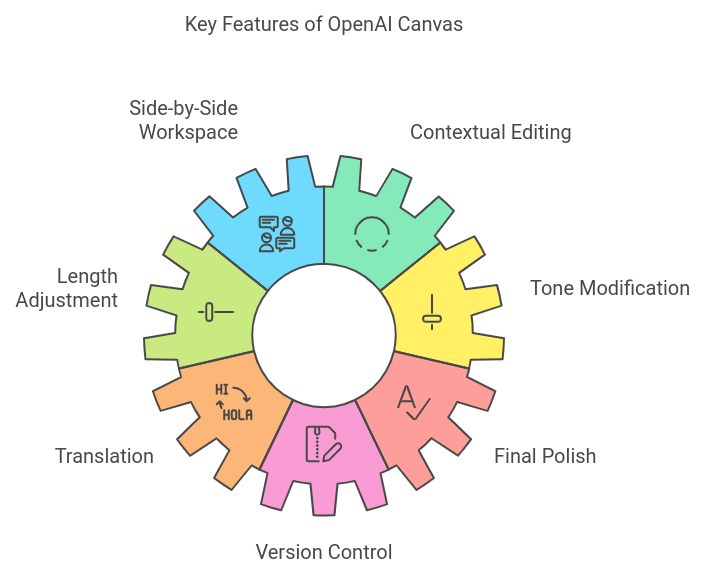
Benefits for Writers
For writers, OpenAI Canvas offers a suite of tools that streamline the content creation process:
- Email Generation: Quickly draft emails with adjustable length and tone.
- Blog Post Creation: Develop longer-form content with AI assistance for structure and clarity.
- Inline Editing: Get suggestions and improvements directly within your text.
- Emoji Integration: Easily add emojis to lighten the mood of your content.
- Grammar and Style Check: Utilize the “final polish” option for a comprehensive review.
“Think of it as your editor on standby. Want to add emojis? Sure, there’s a shortcut for that too. You can just Sprinkle them into your text if that’s your thing.”
These features make OpenAI Canvas an invaluable tool for writers looking to enhance their productivity and creativity.
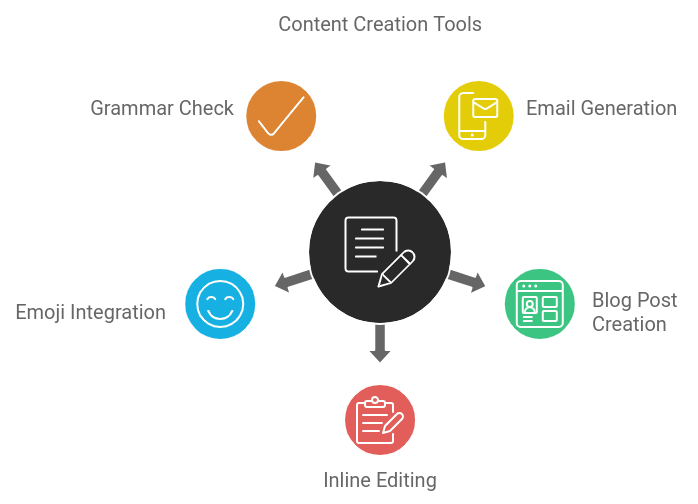
Advantages for Coders
For developers, OpenAI Canvas shines as a collaborative coding environment:
- Code Generation: Produce code snippets and entire scripts directly in the Canvas window.
- Inline Documentation: Add comments to your code with a simple button press.
- Code Explanation: Highlight sections of code for AI-powered explanations.
- Bug Detection and Fixing: Use the “review code” button for suggestions and automatic bug fixes.
- Language Translation: Port code from one programming language to another (e.g., Python to JavaScript).
- Logging and Commenting: Easily add logs and comments to improve code readability.
These features make OpenAI Canvas a powerful ally for coders, helping to streamline development processes and improve code quality.
The Technology Behind Canvas
OpenAI Canvas is powered by GPT-4.0, the latest iteration of OpenAI’s language model. The development process involved several key aspects:
- Synthetic Data Training: GPT-4.0 was trained on AI-generated data to improve its ability to trigger Canvas and make targeted edits.
- Automated Evaluations: Over 20 automated evaluations were used to fine-tune the model’s collaboration capabilities.
- Targeted Editing: The AI was trained to distinguish between scenarios requiring small edits versus complete rewrites.
This sophisticated training process ensures that OpenAI Canvas provides intelligent, context-aware assistance that enhances rather than disrupts the user’s workflow.
Availability and Access
As of the current release:
- OpenAI Canvas is available in beta for ChatGPT Plus and Teams users.
- Enterprise and EDU plan users will gain access in the coming week.
- The feature will eventually roll out to all users, including those on the free tier, once it exits beta.
To access Canvas, users can either:
- Manually select GPT-4.0 with Canvas from ChatGPT’s model picker.
- Type “use Canvas” in the chat to open it manually.
- Allow ChatGPT to automatically detect when Canvas might be useful and open the window.
The Future of AI Collaboration
OpenAI Canvas represents a significant shift in the AI industry, moving beyond simple question-answering to become a genuine collaborator in complex tasks. This trend is not unique to OpenAI:
- Anthropic introduced a similar feature called “Artifacts” a few months prior.
- Google’s Gemini is also exploring collaborative AI workspaces.
These developments signal a race among tech giants to provide the most effective AI collaboration tools. Industry experts, including OpenAI’s chief product officer Kevin Weil, predict that 2025 will be the year when AI systems truly go mainstream, functioning as digital agents capable of performing tasks independently.
Looking ahead, OpenAI plans to further enhance Canvas with:
- Smarter and faster triggers
- Improved accuracy in detecting editing needs
- More advanced features
- Enhanced transparency in coding edits
OpenAI Canvas represents a significant leap forward in AI-assisted work, offering a collaborative environment that enhances both writing and coding tasks. By providing real-time assistance, targeted editing, and a suite of powerful features, Canvas is poised to revolutionize how we interact with AI in professional settings.
As the technology continues to evolve, we can expect even more sophisticated AI collaboration tools to emerge, further blurring the line between human and artificial intelligence. For now, OpenAI Canvas stands at the forefront of this exciting frontier, offering a glimpse into the future of AI-enhanced productivity.
Are you ready to transform your workflow with OpenAI Canvas? Experience the future of AI collaboration today!
OpenAI Canvas is a revolutionary interface developed by OpenAI that enhances AI collaboration by providing a dedicated workspace where users can work alongside ChatGPT on longer and more complex projects.
Key features include a side-by-side workspace, contextual editing, length and tone adjustments, translation capabilities, final polish options, and version control, all designed to improve productivity for both writers and coders.
Writers can utilize tools such as email generation, blog post creation, inline editing, emoji integration, and grammar/style checks, which streamline the content creation process and enhance creativity.
Coders benefit from features like code generation, inline documentation, bug detection and fixing, language translation, and logging/commenting, which help streamline development processes and improve code quality.
OpenAI Canvas is powered by GPT-4.0, which was trained using synthetic data and automated evaluations to enhance its collaboration capabilities and provide intelligent, context-aware assistance.
As of now, OpenAI Canvas is available in beta for ChatGPT Plus and Teams users, with access extending to Enterprise and EDU plan users soon, and eventually to all users including those on the free tier.
Users can access Canvas by selecting GPT-4.0 with Canvas from ChatGPT's model picker, typing 'use Canvas' in the chat, or allowing ChatGPT to automatically detect when Canvas might be useful.
OpenAI Canvas signifies a shift towards more sophisticated AI collaboration tools, with predictions that by 2025, AI systems will function as digital agents capable of performing tasks independently.
Future enhancements for OpenAI Canvas include smarter and faster triggers, improved accuracy in detecting editing needs, advanced features, and increased transparency in coding edits.
Unlike traditional chatbots that operate within a basic chat window, OpenAI Canvas offers a dynamic workspace for real-time collaboration, allowing users to refine ideas and generate content more intuitively.

